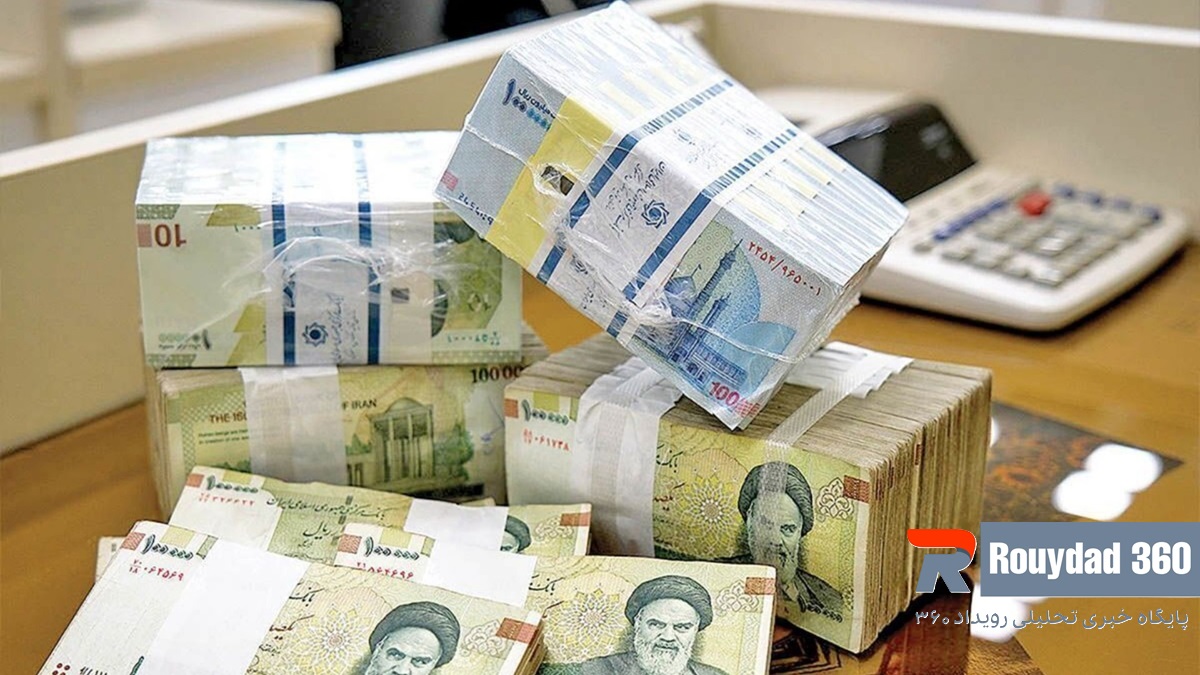The Evolution of Income Models in Iran’s Digital Economy

In recent years, Iran’s digital economy has witnessed significant transformations, driven by the emergence of innovative income models in digital businesses. These models have played a crucial role in economic growth and job creation, making the digital economy a pivotal sector in Iran’s economic landscape.
The Growth of Iran’s Digital Economy
Rouydad360 | Over the past decade, the digital economy in Iran has experienced rapid growth, thanks to the rise of innovative startups and digital platforms. The expansion of high-speed internet, increased smartphone usage, and the development of e-commerce infrastructure have all contributed to the proliferation of digital businesses. According to reports, the digital economy’s share of Iran’s GDP reached approximately 7% last year, with projections indicating further growth in the coming years.
Leading platforms such as Digikala, Snap, and Tap30 have successfully employed creative income models to not only meet market demands but also drive the growth of the digital economy.
Diverse Income Models in the Digital Economy
One of the distinguishing features of Iran’s digital economy is the variety of income models used by different businesses, which range from traditional methods to those leveraging technology and innovation.
1. Subscription Model
The subscription model is one of the most widely used in the digital economy. In this model, users pay a specified fee to access premium content or services. For instance, Filimo, a leading video streaming platform, has successfully implemented this model by offering a diverse and attractive content catalog.
2. Advertising-Based Model
Many platforms in Iran, such as the social network Rubika, have adopted the advertising-based income model. These platforms generate significant revenue by attracting digital advertisers. As the digital advertising space continues to expand in Iran, this model is expected to see further growth.
3. Commission-Based Model
The commission-based model is prevalent in platforms like Digikala and Snap. In this model, businesses earn a commission from each transaction or service provided. This model has been particularly successful in two-sided markets, where platforms connect sellers and buyers.

Impact on the Market and Employment
The new income models have had a significant impact on Iran’s digital economy, not only boosting business profitability but also creating employment opportunities in related fields. For example, online transportation platforms like Snap and Tap30 have created job opportunities for drivers and support staff, making them key players in Iran’s job market.
According to reports, the digital economy’s contribution to employment last year exceeded 15% of total employment in the country, indicating its crucial role in reducing unemployment and promoting economic development.
Challenges and Opportunities
Despite the successes of digital businesses in Iran, the sector faces several challenges, including infrastructure limitations and technological constraints. The shortage of broadband internet, restrictions on online payments, and the lack of comprehensive laws to support the digital economy have hindered its growth.
Additionally, intense competition in the market has put pressure on businesses, with many forced to offer extensive discounts and reduce service prices, which could negatively impact their long-term profitability.
However, there are also numerous opportunities. The expansion of advanced technologies such as artificial intelligence (AI) and blockchain presents possibilities for developing new and more efficient income models. For example, AI can be used to analyze data and provide personalized services, enhancing the customer experience and increasing business revenue.

Successful Examples of Income Models in Iran
One of the most successful examples of employing new income models is Digikala. By using a commission-based model and creating a two-sided market for sellers and buyers, Digikala has become the largest online retailer in Iran. Similarly, Filimo has attracted millions of users by adopting the subscription model, establishing itself as a leading player in the streaming content industry.
In the digital advertising sector, Rubika has generated significant revenue by providing a platform for targeted advertisements. The platform uses user data to offer high-returns for advertisers.
The Future of Iran’s Digital Economy
The future of Iran’s digital economy looks promising, with the growth of technology and wider societal acceptance of digital platforms. With the development of internet infrastructure, increased access to online payments, and government support for startups, new income models are expected to continue driving the transformation of the digital economy.
Moreover, the expansion of advanced technologies such as the Internet of Things (IoT) and data analysis can create new opportunities for businesses. For example, IoT can be used in supply chain management or transportation services to improve efficiency and reduce costs.
In conclusion, Iran’s digital economy has become one of the most important sectors of the national economy, thanks to the adoption of innovative income models. These models have created new opportunities for businesses and increased employment. Despite the challenges, the future of Iran’s digital economy is bright, with the potential to achieve significant growth and development.






